CAE Software Enhances In-Depth Simulation Capability
Moldex 3D software enables advanced simulation capabilities, virtual prototyping, material characterization, cooling system optimization and collaborative features.
Moldex3D plastic injection molding simulation software is proficient at achieving the levels of precision, efficiency and innovation required for injection moldmaking. It finds widespread application across diverse industries, from automotive and electronics to consumer goods and medical devices, serving as a critical enabler in crafting high-performance molds.
Moldex3D boasts state-of-the-art simulation capabilities that empower moldmakers to visualize and analyze the entire injection molding process. This includes predicting potential defects, optimizing gate locations and assessing the impact of various design parameters on final product quality.
The software’s virtual prototyping functionality also enables users to identify and rectify potential issues before physical mold production begins. This not only saves time but reduces costly errors and material waste, contributing to a more sustainable manufacturing process.
Moldex3D incorporates a comprehensive material database, allowing users to accurately simulate the behavior of various thermoplastics during the molding process. This ensures that the chosen materials meet the performance criteria required by specific end markets.
The CAE software facilitates the optimization of cooling systems within molds, a critical factor in achieving uniform part quality and minimizing cycle times. Moldex3D’s advanced algorithms assist in designing an efficient cooling strategy to enhance productivity.
Finally, Moldex3D promotes collaboration among design, engineering and manufacturing teams. The software provides a platform for seamless communication and data sharing, fostering a holistic approach to moldmaking.
Related Content
-
How to Manage Wall Thickness Changes in Your Mold Design
To ensure even filling and cooling, consider wall section transitions, corners and fillets, ribs and bosses, lip and rim designs and CAE flow simulation software.
-
Products and Services for Multiple Moldmaking Needs
New year, new technology roundup! Featured here is a collection of product offerings, from profile milling cutters to industry-specific CAD/CAM software to innovative hot work tool steels.
-
Tolerancing in Mold Design, Part 2: Using GD&T to Address Conventional Tolerancing Issues
Mold designers can achieve a single interpretation of workpiece functionality when following the American Society of Mechanical Engineers Geometric Dimensioning and Tolerancing standard.



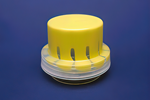
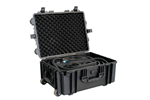
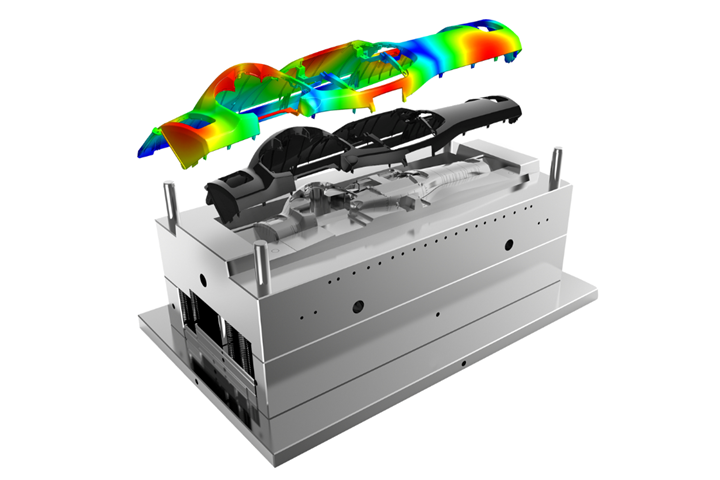
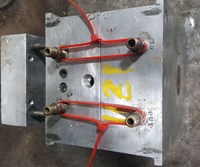
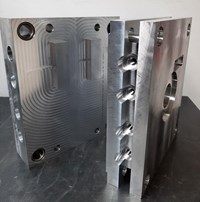
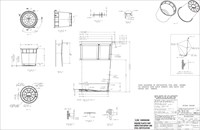



.png;maxWidth=300;quality=90)
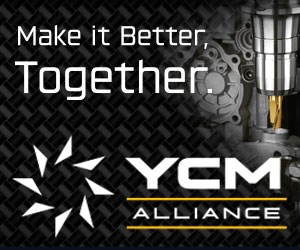
.jpg;maxWidth=300;quality=90)


